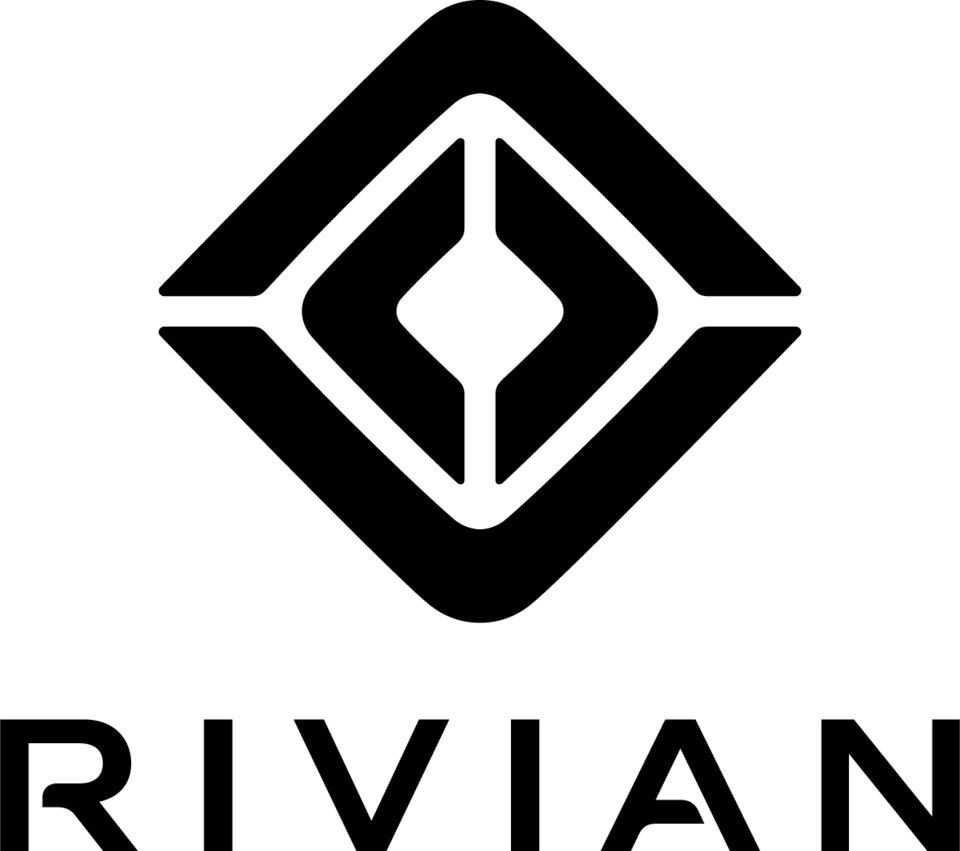Cost leadership strategy through cost engineering

What is a cost leadership strategy?
Offering products at the lowest possible prices is a method of increasing market share and maintaining a competitive edge. Companies that are able to keep their prices below those of their competitors have a clear advantage. To exploit this advantage, developing a cost leadership strategy is crucial.
Cost leadership strategy means that a company is a leader in the low cost category. To do this successfully without significantly impacting sales, a company must reduce costs in all other areas such as marketing, distribution and packaging. A cost leadership strategy aims for a company to become the cost leader in its industry or market.
Being a cost leader has many advantages. One advantage is that cost leaders can charge the lowest prices for their products while remaining profitable. Unlike other companies, cost leaders are better able to weather recessions. This is due to their experience in responding to price-sensitive consumers. In addition, cost-leading companies are more flexible and can therefore grant discounts or try out other product offers more frequently.
Difference between cost guide and price guide
Cost leader describes a company that has the lowest operating costs. Price leader means that a company has the lowest prices. Often a company that is a cost leader is also a price leader.
A company striving for price leadership sometimes deliberately chooses to offer the lowest prices, even if this results in lower profitability. For example, large online retailers sell certain products at a loss or at a very low profit margin in order to maintain the lowest prices and thereby capture a larger market share. Such companies are considered price leaders, but not cost leaders.
Some companies may have lower operating costs and choose to sell their products at higher margins in order to make more profit. Such companies are considered cost leaders, but not price leaders. However, it is common for price leadership and cost leadership to coincide for a company that produces at the lowest cost while offering the lowest prices in its category.
How do you become a cost leader?
A company's growth can significantly strengthen its ability to become a cost leader. Production costs can be reduced through scaling, i.e. purchasing larger quantities of materials at more favorable prices. This not only leads to better purchasing conditions, but also to a stronger negotiating position with suppliers. In addition, scaling makes a company more resilient to competition, as it gives it more flexible pricing options and a greater market presence. In highly competitive industries, this can make it possible to offer prices that the competition cannot undercut, while securing a larger market share without creating inventory shortages.
Investing in advanced technologies can help companies become cost leaders. By developing their own technologies that make production more efficient or reduce the number of employees needed, companies can lower their costs Existing software solutions can also help save costs and optimize processes by minimizing errors and reducing manpower requirements. Direct procurement of raw materials can reduce operating costs by avoiding supplier mark-ups. It also opens up the possibility of reselling surplus raw materials to other companies, thereby generating additional revenue.
Increased efficiency can bring companies considerable cost savings. For example, the use of software can reduce the number of employees required, which lowers labor costs. Faster production times also make it possible to charge higher prices for expedited services, while reducing operating costs such as electricity. Improved efficiency can also be implemented in mass production. For example, if a company increases production volumes through process optimization or the use of new technologies, it can significantly reduce unit costs and thus increase profitability.
Limiting products and services is another strategy for becoming a cost leader. When a company reduces the number of products it manufactures and sells, it can focus more specifically on a few particularly profitable products or services. This makes it easier and more likely for the company to expand its operations while obtaining the most favorable prices for raw materials and other supplies.
How do you develop a cost leadership strategy?
There are 4 steps to developing a cost leadership strategy.
It is essential to know the exact material, labor, administration and software costs that go into production. Costs that may be overlooked should be added. In this way, the existing processes can be analyzed.
In order to optimize your own processes, it is important to thoroughly analyze your competitors. By gathering information about their processes and costs, a company can gain valuable insights and improve its own processes, even without becoming the cost leader itself.
Finally, strategies for reducing costs should be identified and concrete implementation plans developed. These can include better negotiations with suppliers, larger order quantities or the integration of new technologies.
When implementing cost reduction strategies, business leaders should ensure that progress is regularly measured and monitored. As cost leadership is a continuous process, many companies repeat these steps at regular intervals.






























































.svg)













